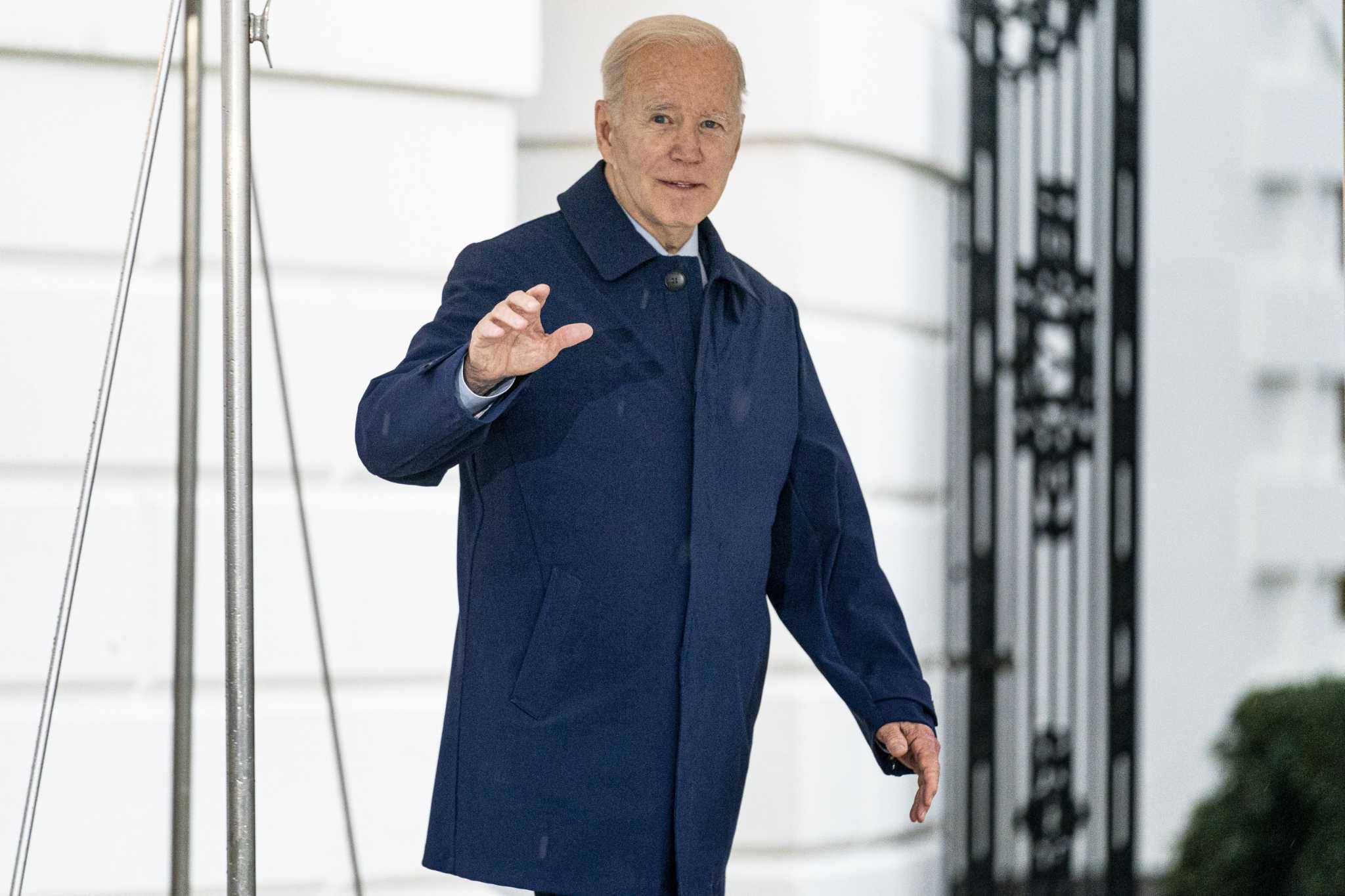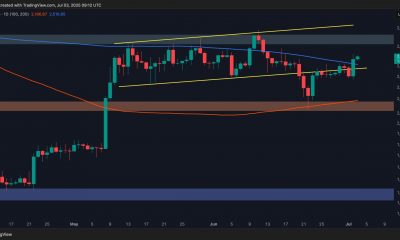Commodities
Biden to limit oil drilling in Alaska

U.S. President Joe Biden intends to limit the massive oil drilling project in Alaska. Biden will prevent or limit crude oil drilling on 16 million acres (6.5 million hectares) in Alaska and the Arctic Ocean.
For starters, drilling on 3 million acres (1.2 million hectares) in the Arctic Ocean would be banned. By doing so, the current presidential administration would shut out the rest of federal waters from oil exploration.
In the second part of the program, the administration will develop new operating rules for more than 13 million acres (5.3 million hectares) on the National Petroleum Reserve-Alaska. It is noted that this is a very impressive area.
At the same time, on March 11, it was reported that U.S. authorities supported “one of the most expensive” drilling projects in Alaska. The cost of the project is estimated at $ 8 billion. According to this indicator, the development of deposits in Alaska will be one of the most expensive U.S. commodity projects in this area.
Oil production in Alaska is one of the key industries of this American state. Since the 1960s, Alaska has become known for the presence of significant oil and gas reserves in its underground fields.
The most famous fields are Prudhoe Bay, Kuparuk, and Alpine. Prudhoe Bay is the largest field in North America and one of the largest in the world. Oil and gas have been produced here since 1977 with a strong infrastructure including drilling rigs, pipelines and other facilities.
However, oil production in Alaska is not safe and poses risks to the environment. The operation of oil and gas fields is monitored and measures are taken to minimize risks and impacts on the environment.
Earlier we reported that the analyst explains why the U.S. wants to approve the rules of the game with oil traders.
Commodities
Oil prices rise; U.S. crude inventories plunge, Russia-Ukraine truce eyed
Commodities
India’s Reliance to stop buying Venezuelan oil over US tariffs, sources say
Commodities
Oil prices climb on Venezuela supply worries

 Forex3 years ago
Forex3 years agoForex Today: the dollar is gaining strength amid gloomy sentiment at the start of the Fed’s week

 Forex3 years ago
Forex3 years agoUnbiased review of Pocket Option broker

 Forex3 years ago
Forex3 years agoDollar to pound sterling exchange rate today: Pound plummeted to its lowest since 1985

 Forex3 years ago
Forex3 years agoHow is the Australian dollar doing today?

 Cryptocurrency3 years ago
Cryptocurrency3 years agoWhat happened in the crypto market – current events today

 World3 years ago
World3 years agoWhy are modern video games an art form?

 Commodities3 years ago
Commodities3 years agoCopper continues to fall in price on expectations of lower demand in China

 Economy3 years ago
Economy3 years agoCrude oil tankers double in price due to EU anti-Russian sanctions































